Fruity Meejyo Bars in Big Likeng Village
Friday, August 14, 2009
 Wuyuan County Big Likeng Village, Jiangxi, China
Wuyuan County Big Likeng Village, Jiangxi, China
THIS ENTRY IS FROM BIG LIKENG VILLAGE IN THE WUYUAN AREA
NOT FROM JINGDEZHEN CITY...TP won't accept my pin.
Hey Hey and a Big G'Day toya,
Tonight finds me sitting in a tiny Meejyo Bar beside a small village river and as we are the only ones here the two beautiful bar girls are taking it in turns to…….sing KTV (karaoke) to me and they are actually very good. Out side angry skies periodically light up the ancient river side Huizhou houses while thunder and huge rain drops can be heard falling into the river and onto tiny flagstone pathway that separates us.
Yes, Da Likeng is more than a wonderful place to be this evening!
Meejyo is a very gentle rice wine that is around 10% to 15% alcohol compared to rice wine which is anything between 45% and 6000,000% alcohol. The village I am in and the area around it are very famous for both their green teas (very expensive) and their fruity Meejyo. I haven’t had Meejyo that often in towns or cities and it’s not usually until I have visited a friend’s village for lunch or dinner that I find it placed before me. It is usually served warm during winter time and is a great way to bond with friends and their family without getting drunk and also keeping warm at the same time.
I must say that I actually had no idea what this bar was until last night when I walked passed and decided to see if I could get some food and a beer. The bar girl then explained that it was in fact a Meejyo Bar and gave me many free samples to try and then took me home where we shared a wonderful dinner of local meat and home grown vegetables.
In this village most of the larger homes have extra land where they grow an assortment of vegetables and I can tell you they taste so fresh and delicious.
Both Da and Xiao Likeng villages can be found in the Wuyuan area which is known for having some of the "most beautiful countryside in China’. It is also home to at least fifty beautiful ancient riverside villages. Walking through these old villages offers refreshing views of hills covered in yellow rape, of green farmland and luxuriant camphor trees, of creeks with small rapids. The villages lie along small rivers, ancient trees stand on riverbanks and old farmers leisurely drive ducks towards a pond all coming together to form a typical Chinese countryside scene.
Originally the Wuyuan area belonged to Huizhou in Anhui Province but when the PRC was formed the Chinese government separated it from the Huizhou District and it became part of Jiangxi province. Why? I have no idea nor does anyone I have asked but I can tell you they are not happy about it now nor were their families when it happened. The Wuyuan area features oodles of Huizhou local culture and architecture and is surrounded by Zhejiang province to the east and Jingdezhen city to the west. It is only a few hours away from Huangshan Mountain to the north and Sanqing Mountain in the south.
It is said that it is a green pearl surrounded by many world famous places.
Until recently is has been without influence from Chinese modernization and urbanization and it definitely still keeps its mystery and elegance as a center of classical beauty and traditional lifestyle. It is known for not only its natural scenery, but also for its glorious past. The remote county was home to some of China's top scholars, including Zhu Xi, a Confucian master in the Southern Song Dynasty (1127-1279), and Zhan Tianyou, China's first railway engineer. Thousands of Wuyuan people passed the civil imperial examinations (insanely difficult examinations for selecting government officials in feudal dynasties) and climbed high on the official ladder.
The county also once produced some of the country's richest merchants.
The area is home to some of China’s best preserved ancient architecture and each structure has a distinctive shape and history. They emerge from the emerald green mountains, crystal clear rivers and the granite pathways that can be found crisscrossing between the fields.
Wuyuan's Huizhou buildings were built during the Tang Dynasty (AD618 to 907), mostly around AD700 and thankfully its remoteness and inconvenient transportation has protected its villages' until now. Thus its idyllic scenery has remained un-noticed by the Chinese tourism radar until the last five or so years.
Da Likeng Village - From the LP (as I lost all of my Likeng information)
This riverside hamlet of around three hundred homesteads is popularly called Da Likeng (Big Likeng) as opposed to the one I stayed at previously which was called Small Likeng (Xiao Likeng). Typical of the local vernacular, many of Likengs white painted ancient Huizhou houses enclose splendid interior courtyards illuminated from above by light wells` which are rectangular openings in the roof that admit both sun and rain. The effect is to bathe interiors in pools of natural light while rainwater soaks between the stone slabs below to drain away. The cool interiors often rise to two tiers and feature galleries, supported by wooden pillars and brackets, all in their original state.
Wander Da Likengs narrow alleyways pinched between towering walls and seek out some of its more impressive structures such as Dafudi (now converted into an antiques shop, and the lovely Simadi). Sit down on a stone bench alongside the river or cross one of the stone bridges to the far side and climb the stone flagged path way up the hill to the tea bushes above the village.
MY ADVENTURE & THOUGHTS
As I visited Xiao Likeng first, when I first arrived I was a little taken back by how different the two villages were but it only took several minutes for me to realise that this was the village for me. Unlike Xiao Likeng Da Likeng is virtually (but soon to be) untouched by the governments tourism dollar and things still continue as they have been for hundreds of years. Of course some families now understand what is about to take place and have refurbished part of their homes to accommodate tourists. Xiao Likeng is of course a much prettier village than this one but due to this you are woken each morning by tour groups with matching hats and tee-shirts with their megaphone holding leader all doing their best to fight for room along the small river side pathways.
Here though there seems to be a silence happily observed and lived by all its occupants.
ACCOMMODATION & FOOD:
Like me you will want to stay in a family home to get the real deal but if I was to return I’d pass that romantic idea and stay in the hotel near the village gate. I checked out many family homes and stayed in two of them (one each night) and found them to all be the same, very hot! When you enter any of the rooms it is like a sauna and the new air-conditioner hanging on the wall either can’t seem to compete with the heat or they have all been incorrectly installed. Honestly they don’t do much than blow hot air around the room, which of course is good to dry your sweat stained or recently washed clothes but it really doesn’t do much for your comfort as you try to sleep.
I priced several 'family’ offered meals and found them to be over priced but some thankfully did offer normal meals that had normal prices attached to them. Most though wanted you to pay around thirty to forty Yuan for a single meal which by Chinese standards is actually good value as you pay by the plate but if you are alone like scatterbrained me than it really sucks.
Today I headed to the small hotel near the village gate and I totally recommend it to everyone who visits here. As you walk towards the village it is the first building you come across on your left and it has a red picture of a chicken and a fish on its window so I of course have named it The Chicken and Fish Hotel. They have cool rooms for (50 Yuan) the same price as all the families yet they have a very realistically priced menu and it is all picked fresh from their little garden out back. .
When I arrived there was a huge thunder storm so I had to wait at the gate for an nearly two hours before I could even think about walking the two minutes to the village to look for accommodation. When the rain did slow I had to race along the river side and take what I could find. A man on a motor bike kept taping his fingers like he was playing a piano or typing so I followed him and found he had several rooms available but they were all steaming.
Oh, he was trying to tell me he had a computer in his lounge room and not a grand piano!
The computer also came with around eight kids all fighting to play games on it.
INTERNET & COMPUTERS
I pretty much covered all alleyways and never found one internet café/room/hole in the wall etc which though is a good thing it is also a very strange even in the remotest areas of China. Also like I said I stayed in two homes and both offered internet but neither worked. I have no idea what the problem was as I’m not a techno dude but I plugged it in and my net icon whizzed around and said everything was ok but nothing worked.
They of course had different ideas.
As the icon whizzed around they had a working internet.
I on the other hand after showing them that nothing worked had other ideas.
WHAT TO DO
Wow, what an amazing place to visit!
I was so taken in by this place within the first few hours of being here. Yesterday evening I walked around here and there and even though it is so small I got totally lost in the villages maze of tiny flagstone alleyways which was mainly due to there being no lights and all I had was my mobile phone t guide my way.
Zha Mu Keng Village:
Today though I spent a few hours wondering the alleyways and visiting some of the sites (buildings) and I then headed out into the fields and there my adventure began. If you follow the river out into the fields you will come across a small building (that resembles an ancient bus stop) in the middle of the rice fields. Continue to follow the granite pathway past it until it begins to take you up hill. I thought that it would lead me to a pavilion that overlooked the village but it continued to lead me further out into the hills. Most people would stop there as it simply continued to go further into the hills but as it was a clear pathway I continued to follow it.
There is only one pathway and it is a very clear pathway so you can in no way get lost.
As it follows the river you have the beautiful relaxing sound of running water all the way.
It took me way out into the hills and after an hour and a half of ups and downs I finally came across a beautiful Huizhou style village named Zha Mu Keng Village. When I reached the end of the village I came across a house next to a large structure built of misplaced boards. Here I was taken in by a family that fed me and filled me full of green tea. I spent an hour chatting to their daughter who was a student at a Middle School somewhere near by. She had never met a foreigner and told me that she had ever seen a foreigner visit their village.
I find that hard to believe with a pathway so clear cut between both villages.
Maybe several have visited during her school terms.
I must say that whilst I was walking around household after household did come out to watch the strange sight of a foreigner visiting their village. This is in now way new to me but it did actually seem new to them so maybe she was right. I do know that most foreign people I met in Tunxi only stayed one night here in Da Likeng and also in Xiao Likeng.
I did meet two other foreigners here in Da Likeng and both were here only for a few hours.
Now I can say that they really did miss out on a spectacular walk and village find.
If you do visit and decided to take the walk to the next village you must be more than careful when walking along the pathways and steps as they are made of granite and when they are wet they are insanely slippery. I slipped my way up and down the mountains but thankfully never had a bad fall. I only fell once which was around half way (just past the bus stop type structure with the religious icon built into its rear wall).
So yes, I really do need a Nanny to follow me everywhere I go here in China……just in case!
I don’t know about you but if I find a pathway I can’t stop myself from following it no matter where it seems to be taking me. Whether I am riding or walking I just can’t help myself as the adventure is too much to pass. I know when it gets dark and I simply give myself half of the time left to walk as far as possible and if I find nothing, then I walk a little more and then turn back.
But most times, like today I do find something worth my efforts!
How Much & How To Get Here
The village only costs 20 Yuan to enter.
Motorbikes will take you here from Xiao Likeng for 100 to 150 Yuan.
I caught the bus from Xiao Likeng to Wuyuan for 4 Yuan, then another bus here for 15 Yuan.
Beers N Noodles toya…..shane
___________________________________________________________
The soundtrack to this entry was by Creed
The album was ‘The Greatest’
____________________________________________________________
Other Entries

 Wuyuan County Big Likeng Village, Jiangxi, China
Wuyuan County Big Likeng Village, Jiangxi, China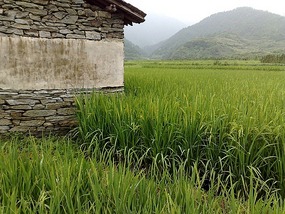
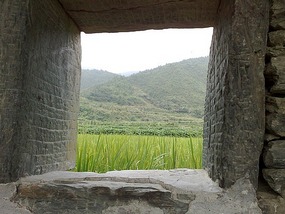
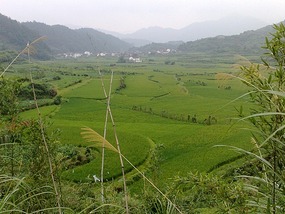
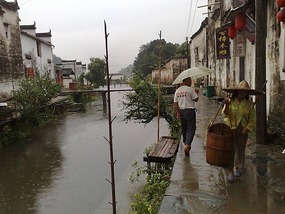
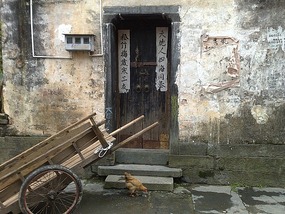
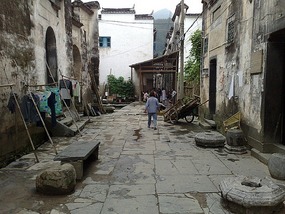
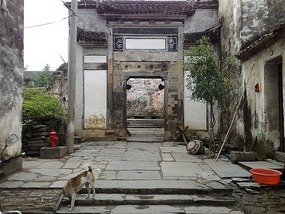
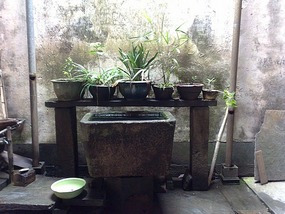
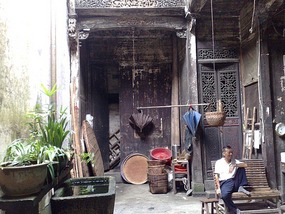
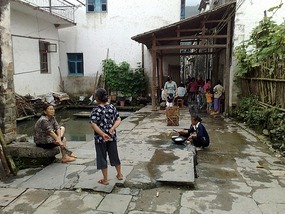
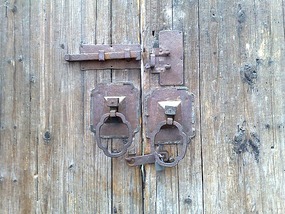
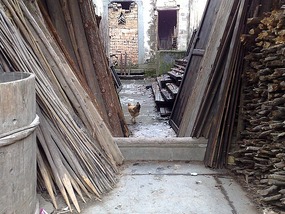
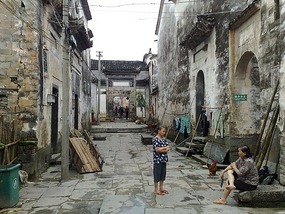
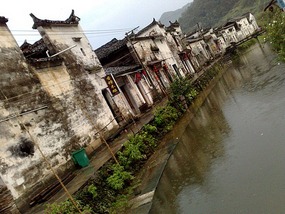

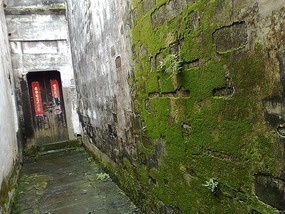
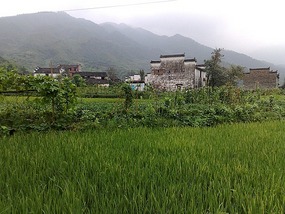

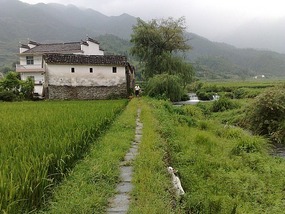
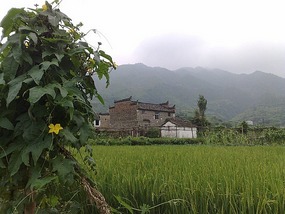
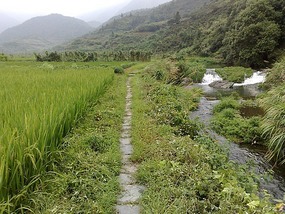
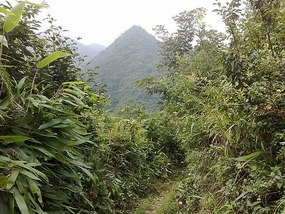
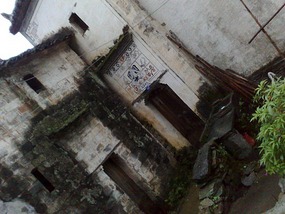
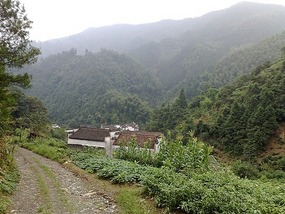
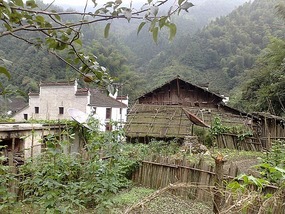
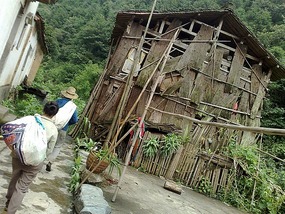
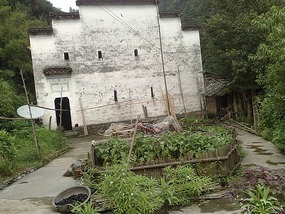
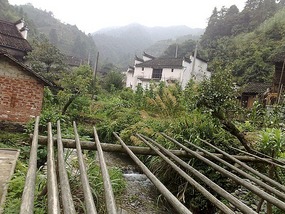
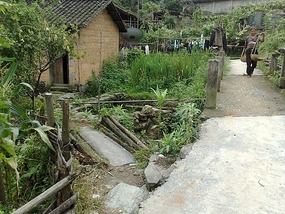
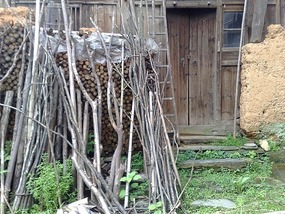
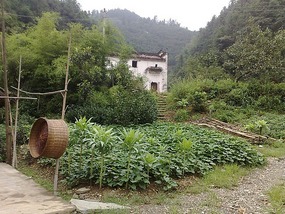
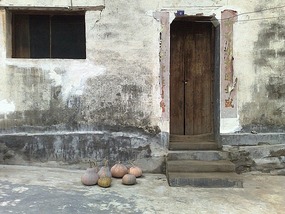
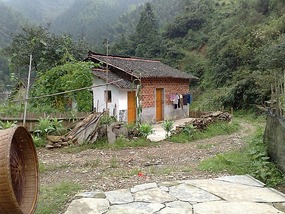
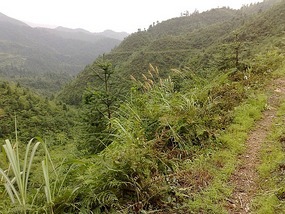

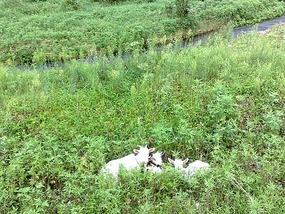
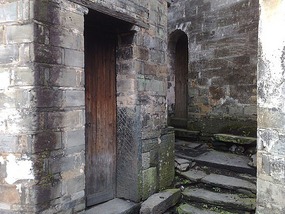
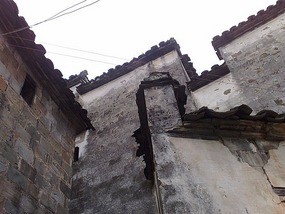
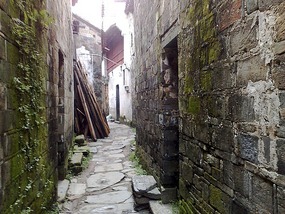
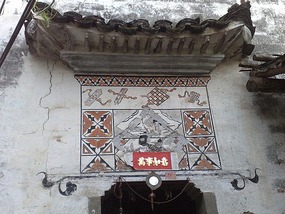
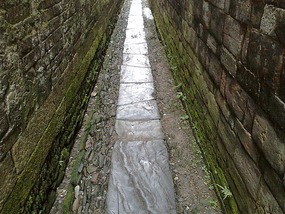
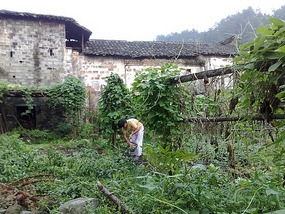
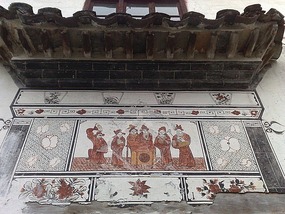
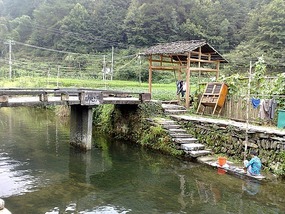
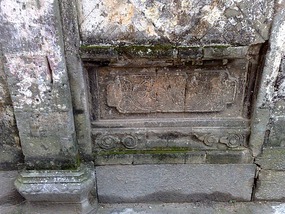
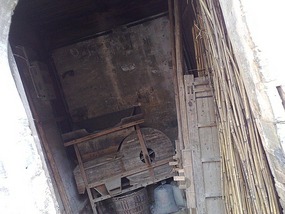
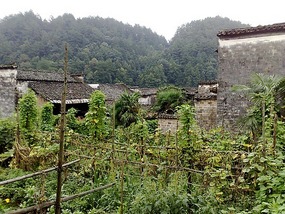
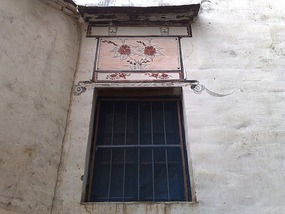
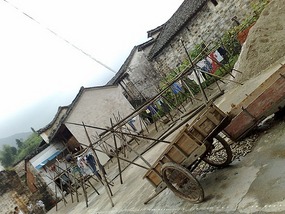


2025-05-22